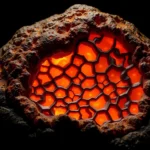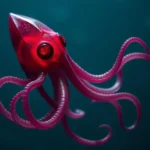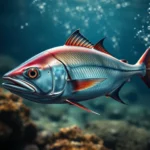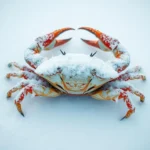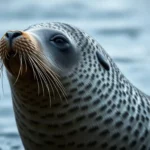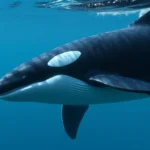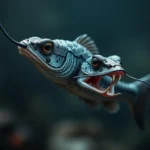Delving into Sea Otter Symbolism: Nature’s Playful Guardians
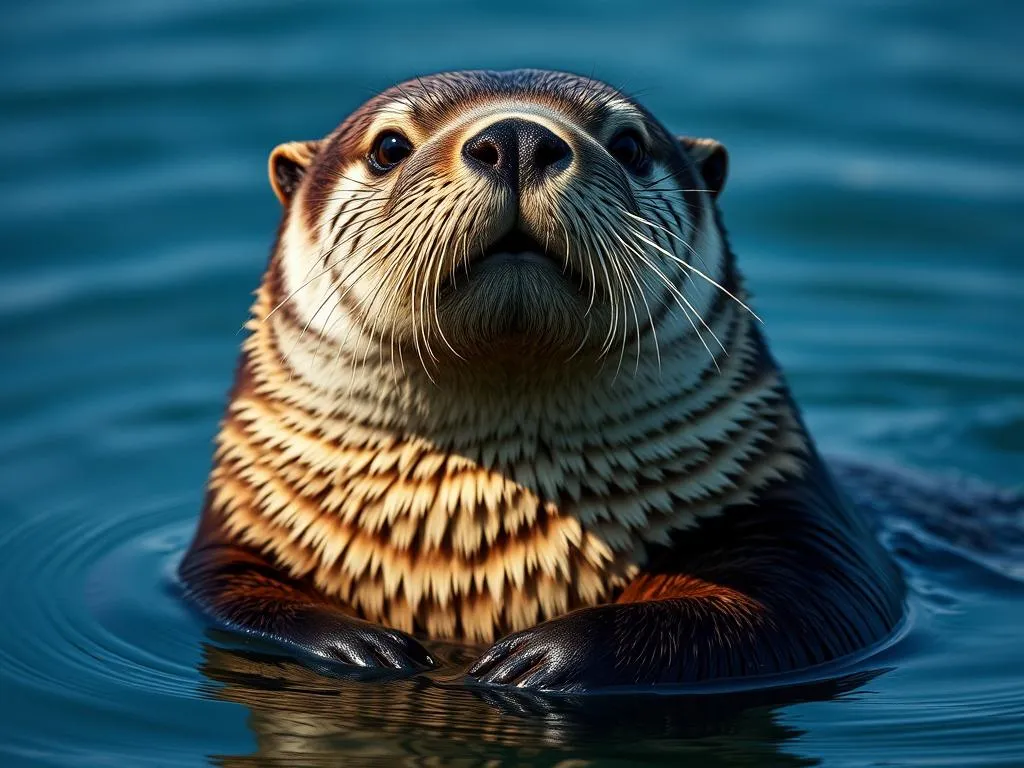
Disclaimer: Some images on this website are AI-generated artworks and may not accurately represent real animals.
Understanding the Sea Otter
Overview of the Species
The sea otter (Enhydra lutris) is a marine mammal that captivates both researchers and wildlife enthusiasts alike. With their luxurious fur and playful nature, sea otters are often considered the playful guardians of the ocean. These fascinating creatures inhabit coastal regions of the North Pacific, ranging from Alaska down to California, and even parts of Russia and Japan.
| Physical Characteristic | Description |
|---|---|
| Size | Adults typically weigh between 50-100 lbs (23-45 kg) and can reach lengths of 50-100 inches (1.2-2.5 meters). |
| Fur | Thick, water-repellent fur with a density of up to 600,000 hair follicles per square inch. |
| Color | Generally dark brown, but can range from light gray to almost black. |
| Diet | Primarily feed on sea urchins, crabs, clams, and fish. |
| Lifespan | Average lifespan in the wild is around 15-20 years. |
Social Behavior and Intelligence
Sea otters are highly social animals, often seen floating together in groups known as rafts. These rafts can consist of up to 20 individuals, showcasing their strong community ties. Their intelligence is evident in their use of tools; they are known to use rocks to crack open shellfish, demonstrating problem-solving skills that rival those of many other species.
Ecological Importance
Role in Marine Ecosystems
The ecological role of sea otters cannot be overstated. They are considered a keystone species in their habitat, meaning their presence and behaviors significantly affect the structure of their environment. By preying on sea urchins, sea otters help maintain kelp forest ecosystems. Without them, sea urchin populations can explode, leading to overgrazing of kelp, which can devastate marine biodiversity.
Conservation Status and Efforts
Despite their importance, sea otters have faced numerous threats, including hunting, habitat loss, and pollution. Conservation efforts have been implemented to protect these playful creatures, with organizations working to rehabilitate injured otters and preserve their habitats. As a result, some populations have started to recover, highlighting the effectiveness of concerted conservation efforts.
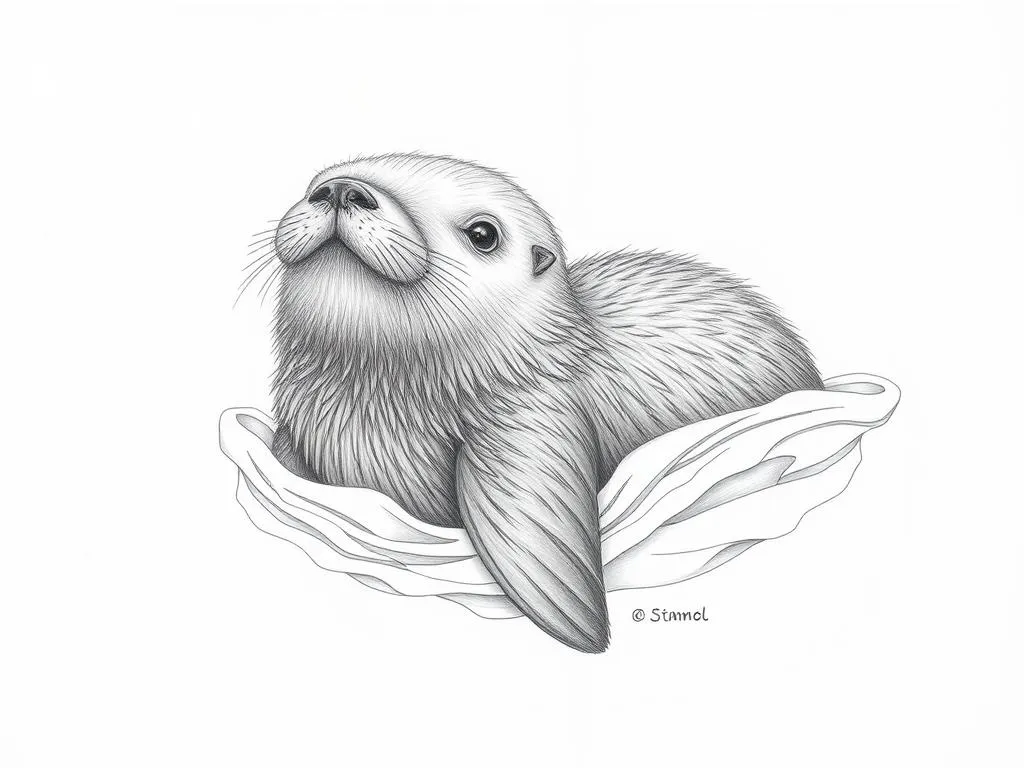
Symbolism & Spiritual Meaning
The symbolism associated with sea otters is rich and varied, reflecting their playful nature, nurturing habits, and adaptability.
Playfulness and Joy
Sea otters are often viewed as symbols of playfulness and joy. Their antics in the water serve as a reminder to embrace fun in life, encouraging individuals to prioritize laughter and enjoyment. In many cultures, the sight of sea otters frolicking can evoke feelings of happiness and light-heartedness, inspiring us to connect with our inner child.
Nurturing and Family Bonds
The nurturing behavior of sea otters extends beyond their own young; they often care for each other’s pups within their rafts. This behavior highlights the significance of community and care. Sea otters symbolize family bonds and the importance of looking after one another, reinforcing the idea that togetherness is crucial for survival and happiness.
Adaptability and Resourcefulness
In the face of environmental challenges, sea otters exhibit remarkable adaptability and resourcefulness. Their ability to use tools and navigate their marine environment showcases their resilience. This adaptability serves as a powerful symbol for humans, reminding us that we can overcome challenges with grace and ingenuity.
Protection and Guardianship
Finally, sea otters are seen as symbols of protection and guardianship. Their role in maintaining the health of marine ecosystems positions them as protectors of the ocean. In many cultures, encountering a sea otter is believed to signify safety, especially in vulnerable times. They inspire us to seek protection and provide it to others.
Sea Otters in Dreams
Common Dream Scenarios Involving Sea Otters
Dreams featuring sea otters can hold significant meaning, often reflecting our subconscious thoughts and feelings. Here are some common scenarios and their interpretations:
| Dream Scenario | Interpretation |
|---|---|
| Playing with sea otters | Represents a desire for freedom and joy. |
| Observing sea otters in nature | Signifies a connection to family and community. |
| Sea otters floating peacefully | Symbolizes tranquility and emotional balance. |
| Struggling sea otters | Indicates feelings of vulnerability or struggle. |
Personal Growth and Transformation
Dreams involving sea otters often point to personal growth and transformation. They can provide insights into navigating life’s challenges, encouraging reflection on how to embrace joy, nurture relationships, and adapt to changing circumstances.
When we dream of sea otters, it may be a call to reconnect with our inner selves, to find balance, and to prioritize joy in our daily lives. The playful nature of these creatures can inspire us to approach life’s challenges with a lighter heart, reminding us that it’s okay to have fun along the way.
Modern Interpretations
Cultural Significance
The cultural significance of sea otters extends beyond their environmental role; they feature prominently in various mythologies and narratives across cultures.
Representation in Indigenous Mythologies
In many Indigenous cultures of the Pacific Northwest, sea otters are revered as powerful and wise creatures. They are often depicted as symbols of harmony and balance within the ecosystem. Their playful nature is seen as a reflection of the importance of maintaining joy and laughter in daily life. These narratives emphasize the connection between humans and nature, reminding us of our responsibility to protect marine life.
Influence in Art and Literature
The image of the sea otter has permeated art and literature, often representing themes of playfulness, family, and ecological stewardship. Artists and writers alike draw inspiration from the otter’s lively spirit, using it as a metaphor for joy, community, and the beauty of the natural world. Such representations help raise awareness about marine conservation and the need for sustainable practices.
Environmental Awareness
As guardians of the ocean, sea otters have become symbols of environmental awareness and advocacy for marine conservation. Their presence in coastal ecosystems highlights the delicate balance of marine life and the impact of human activities on the environment.
Advocacy for Marine Conservation
Various organizations focus on protecting sea otters and their habitats, raising awareness about the threats they face. By promoting conservation efforts, these organizations aim to inspire individuals to take action, advocating for policies that protect marine ecosystems.
Sea Otters as Symbols of Climate Action
In recent years, sea otters have emerged as icons of climate action, representing the urgent need to address environmental issues. Their role in maintaining healthy kelp forests serves as a reminder of how interconnected our ecosystems are. By recognizing their significance, we can better understand our responsibility to safeguard marine environments against climate change.
Key Takeaways
- Symbolism of Sea Otters: Sea otters embody playfulness, nurturing, adaptability, and protection, offering valuable lessons for our lives.
- Cultural and Ecological Importance: They hold significant cultural meanings across various societies and play a crucial role in maintaining marine ecosystems.
- Connection with Nature: Engaging with the symbolism of sea otters encourages us to embrace joy, nurture our relationships, and take action for environmental conservation.
Conclusion
Reflecting on the lessons from sea otters reveals the profound wisdom these creatures impart. They invite us to embrace playfulness and community, reminding us that joy is a vital part of life. As we navigate our challenges, let us look to the sea otter as a model of adaptability and resilience.
In closing, let us appreciate the role of sea otters not only in marine conservation but also in our personal journeys. They inspire us to connect deeply with nature’s teachings, advocating for a world where joy, family, and environmental stewardship remain at the forefront of our values. Whether through dreams or daily encounters, may the spirit of the sea otter guide us as we seek to protect our planet and nurture our communities.
